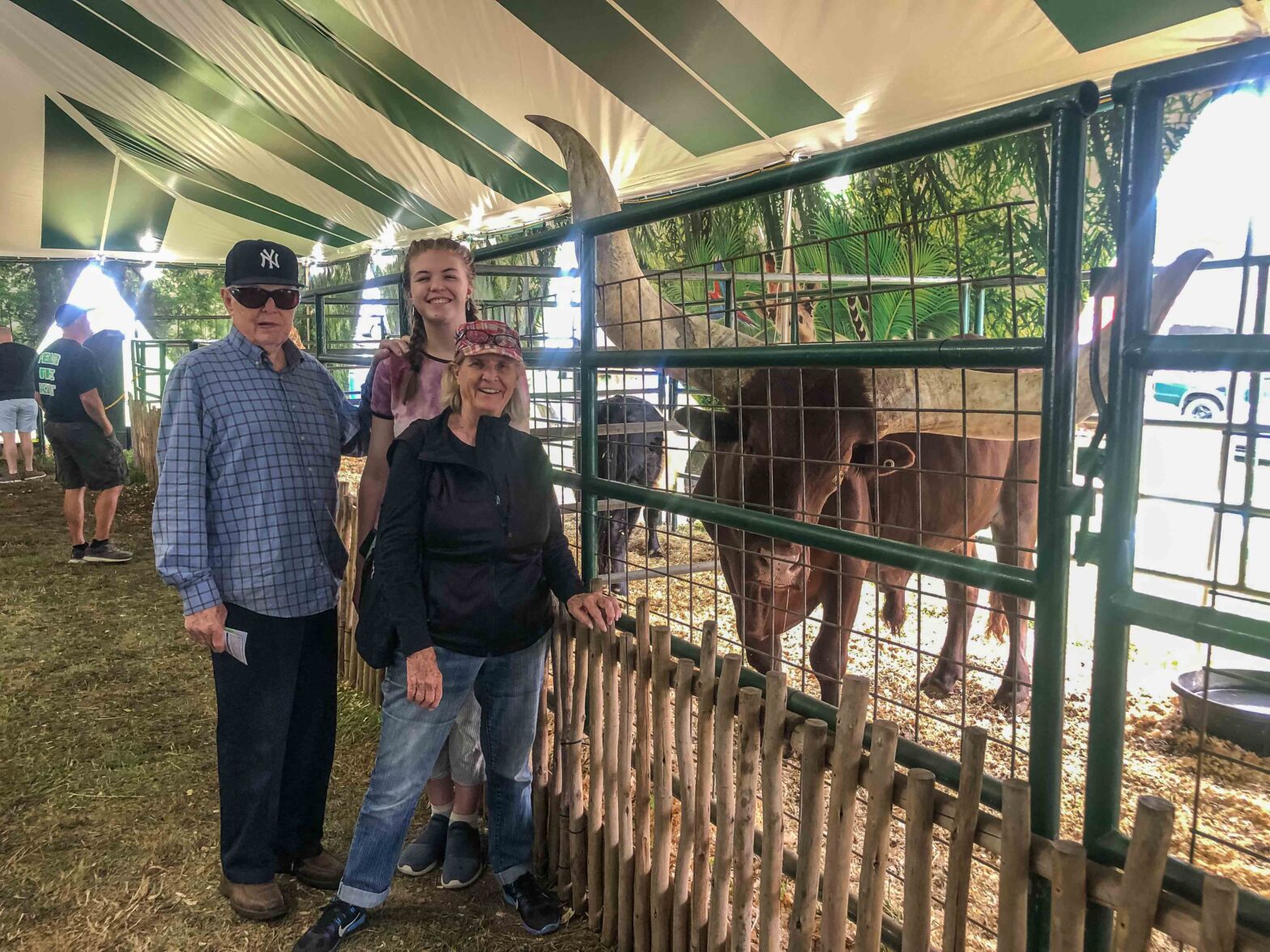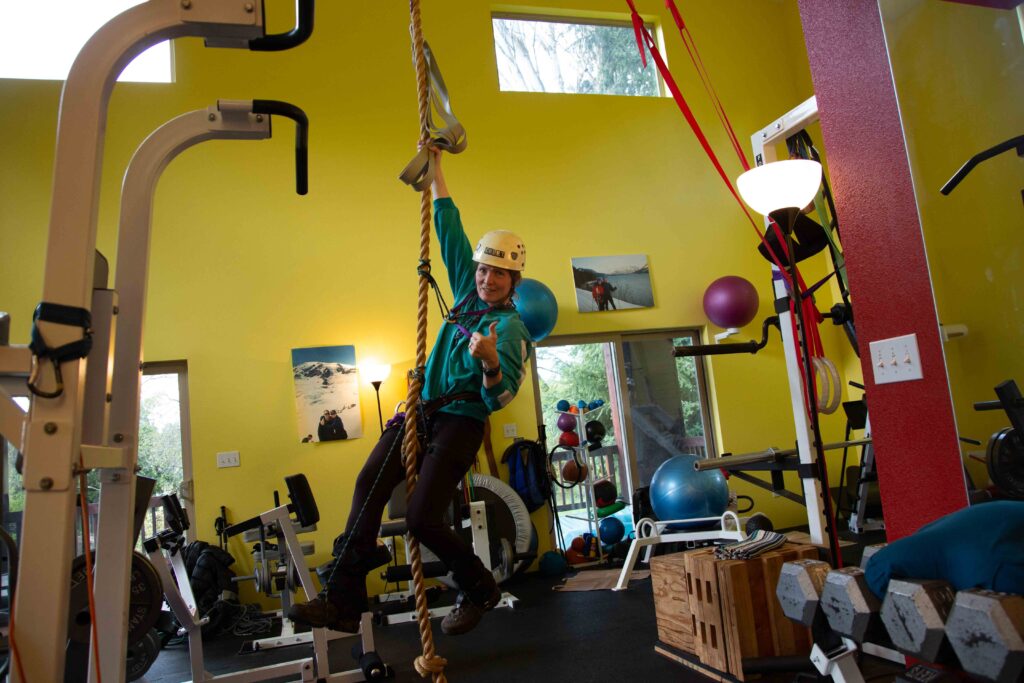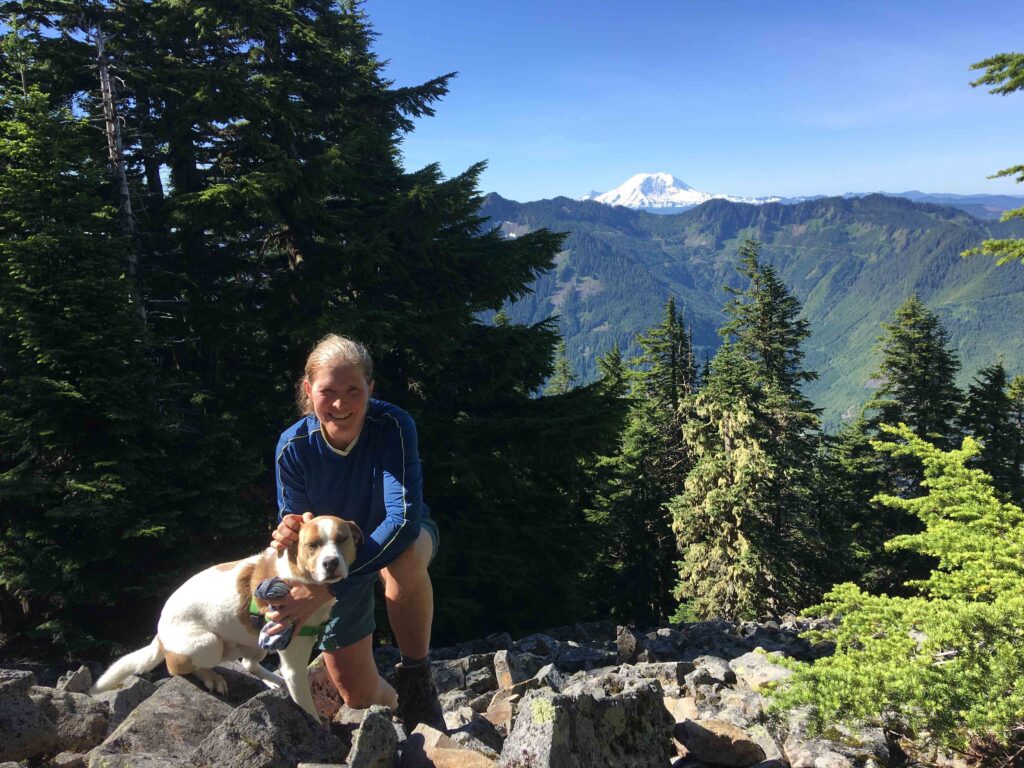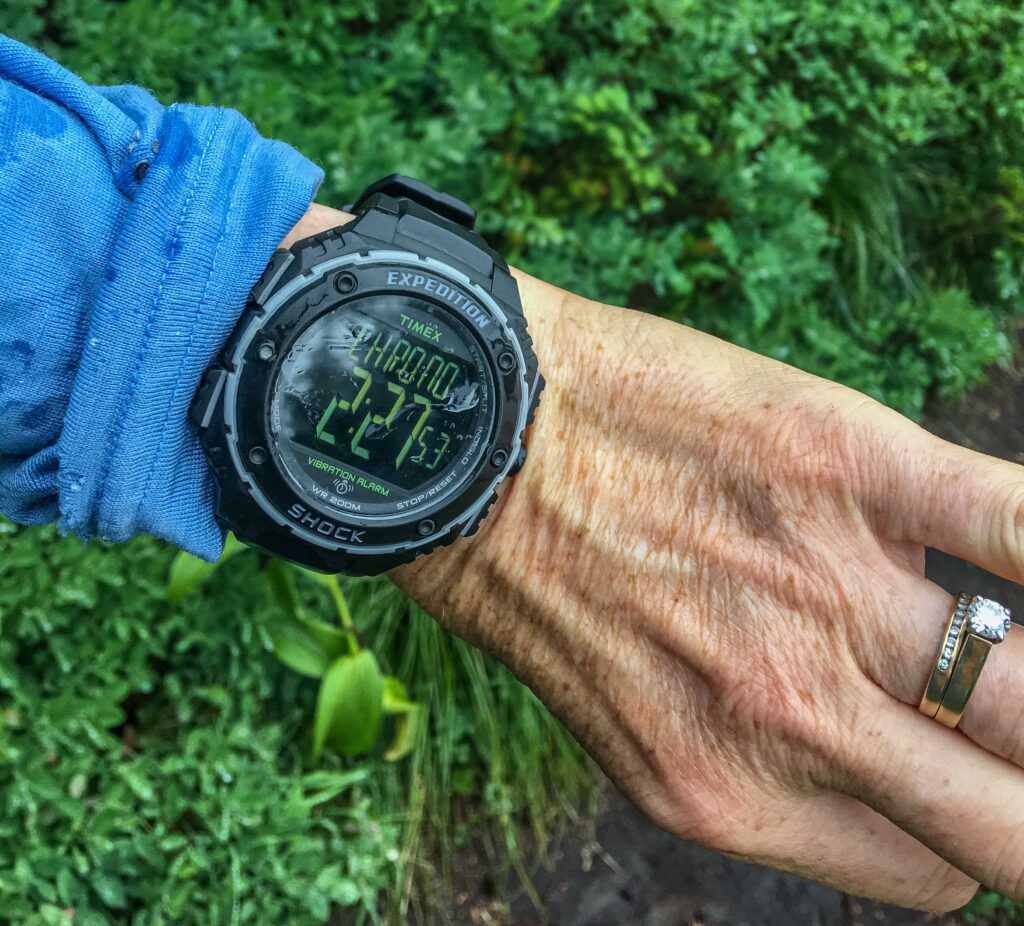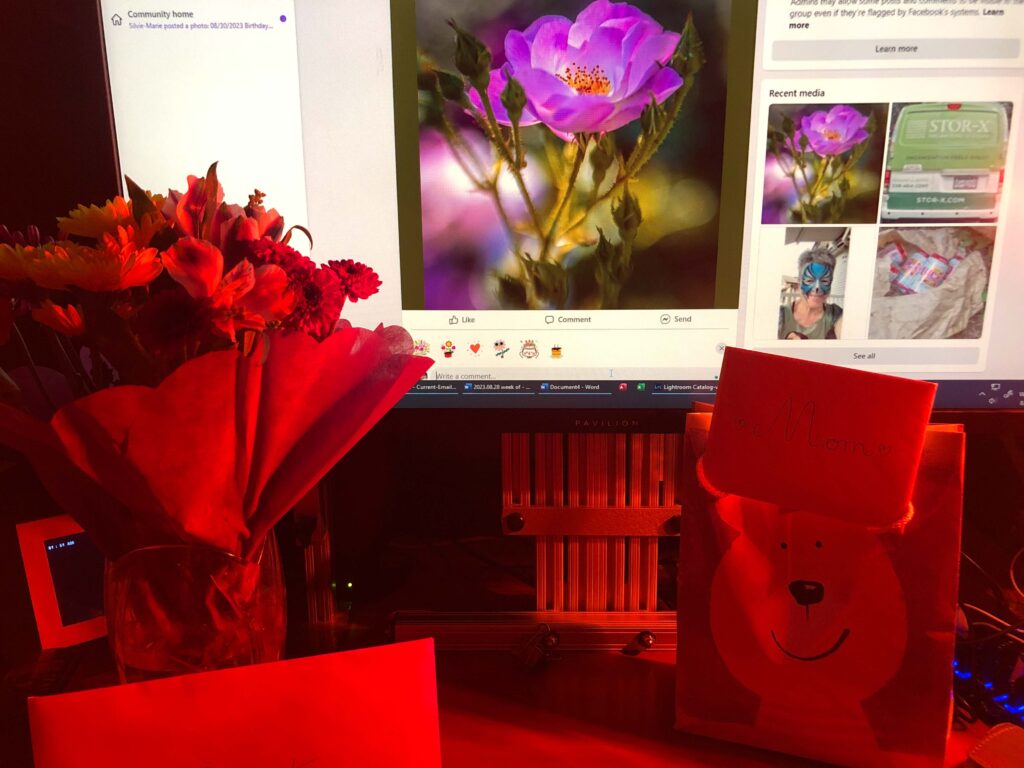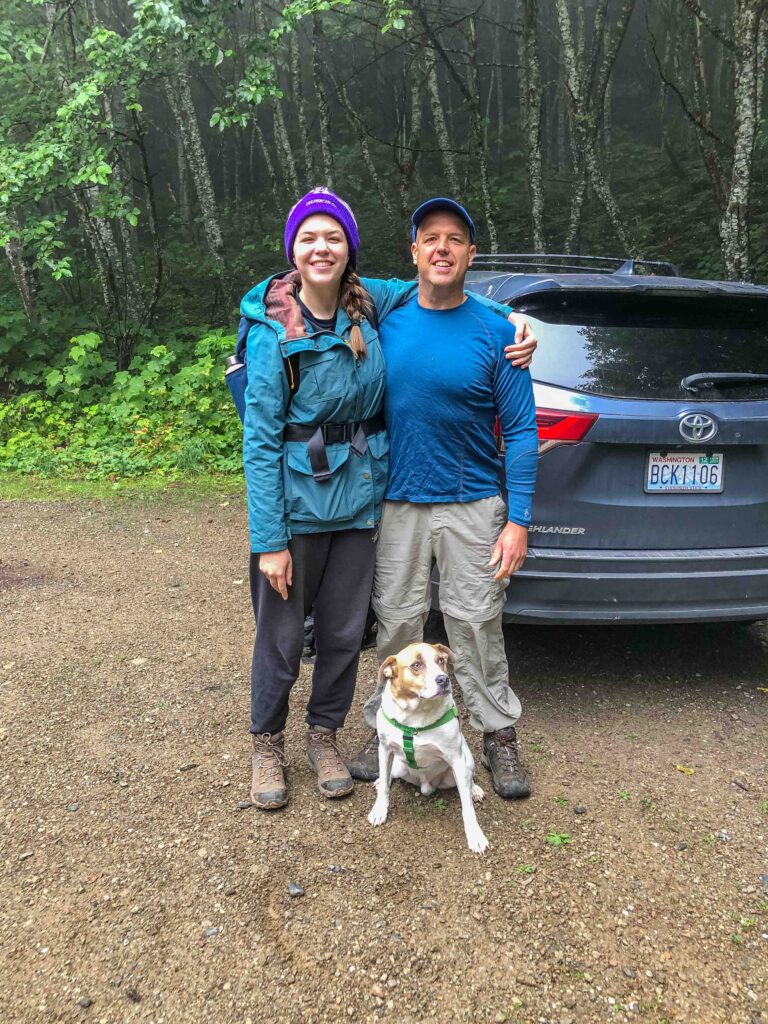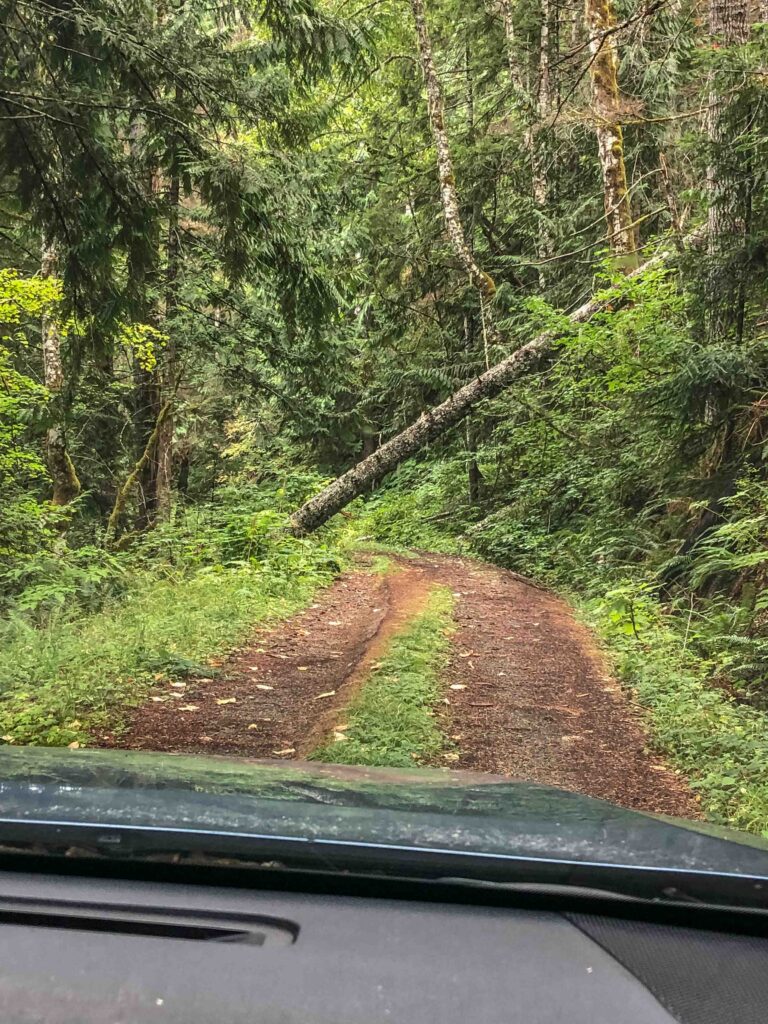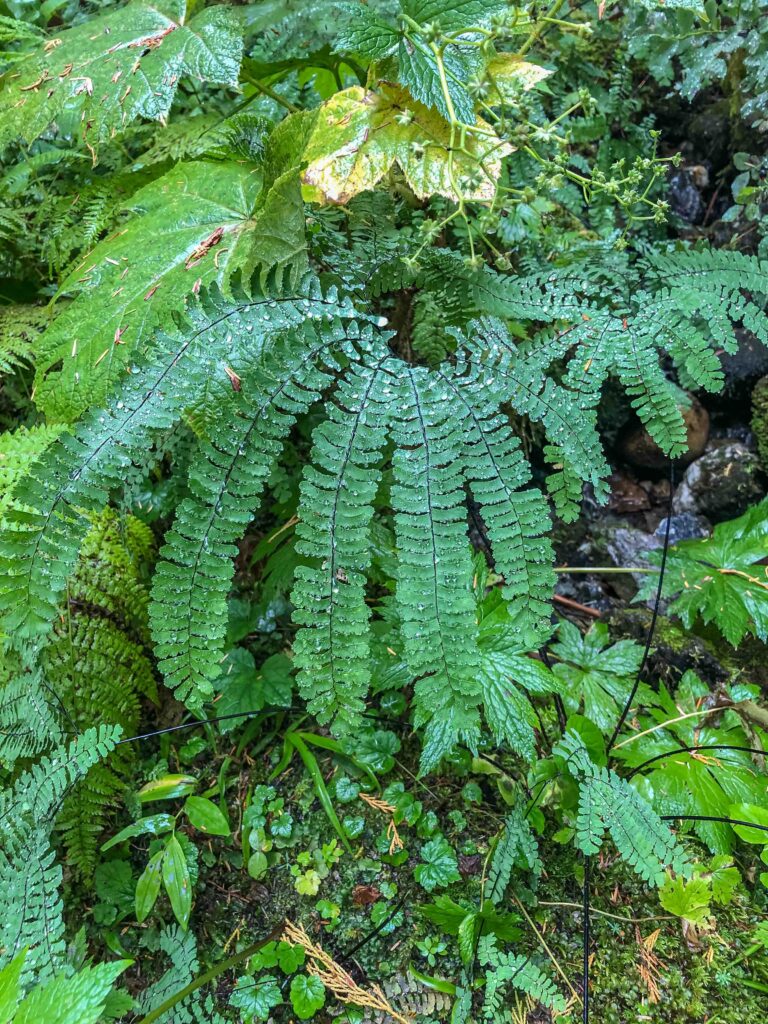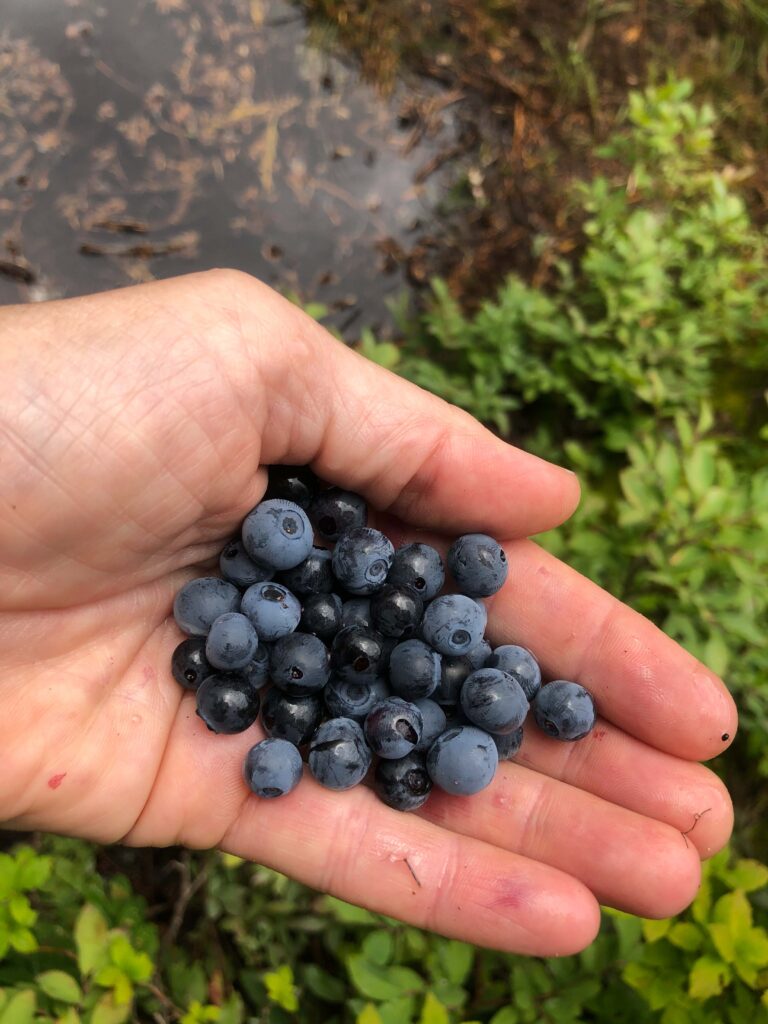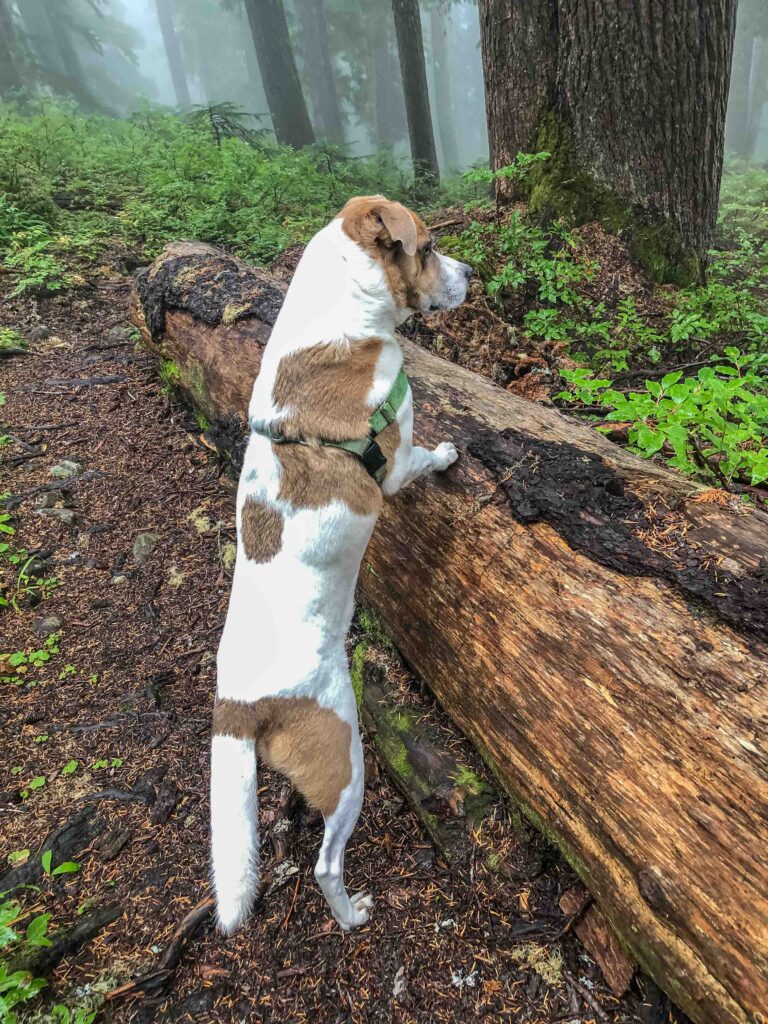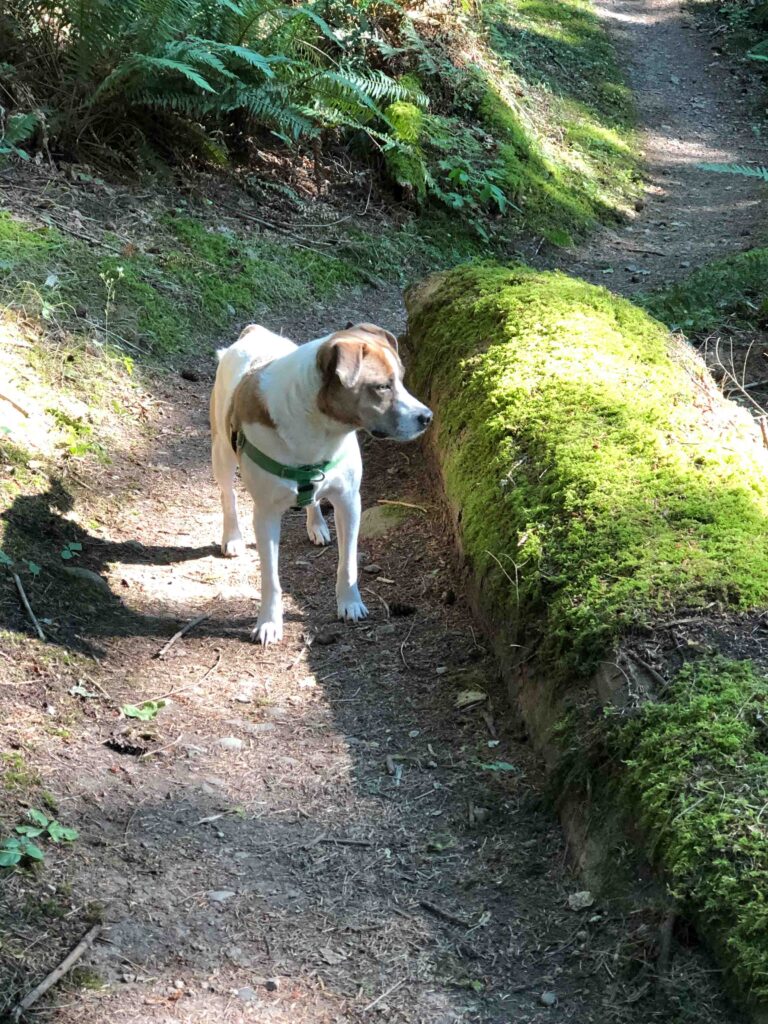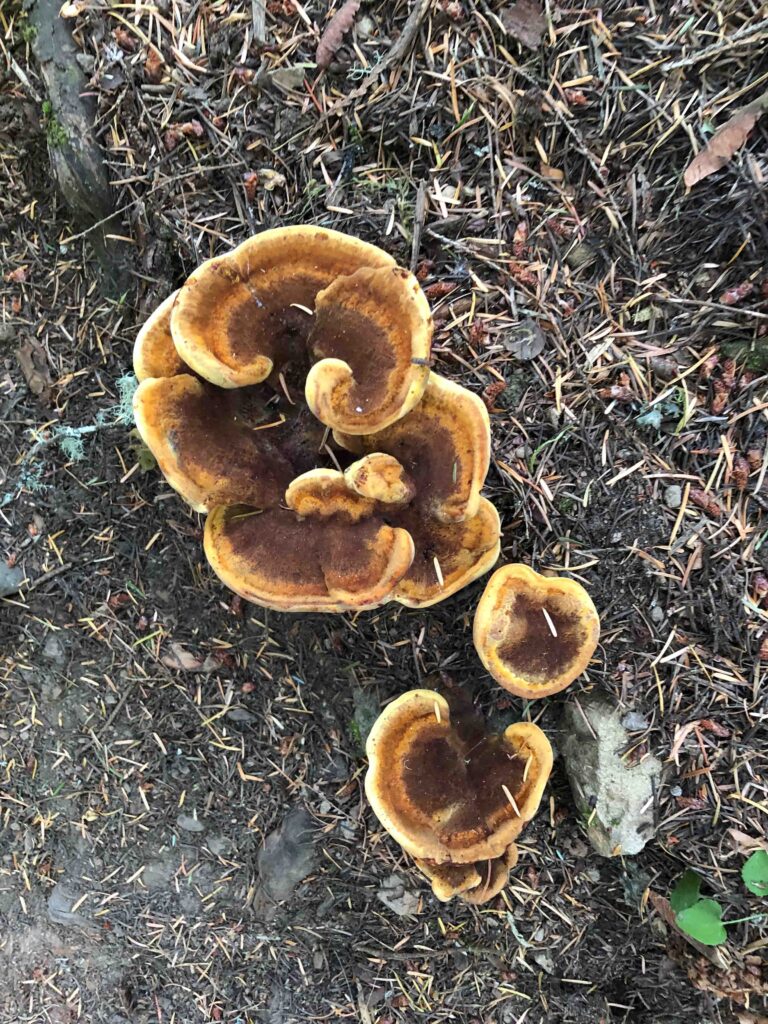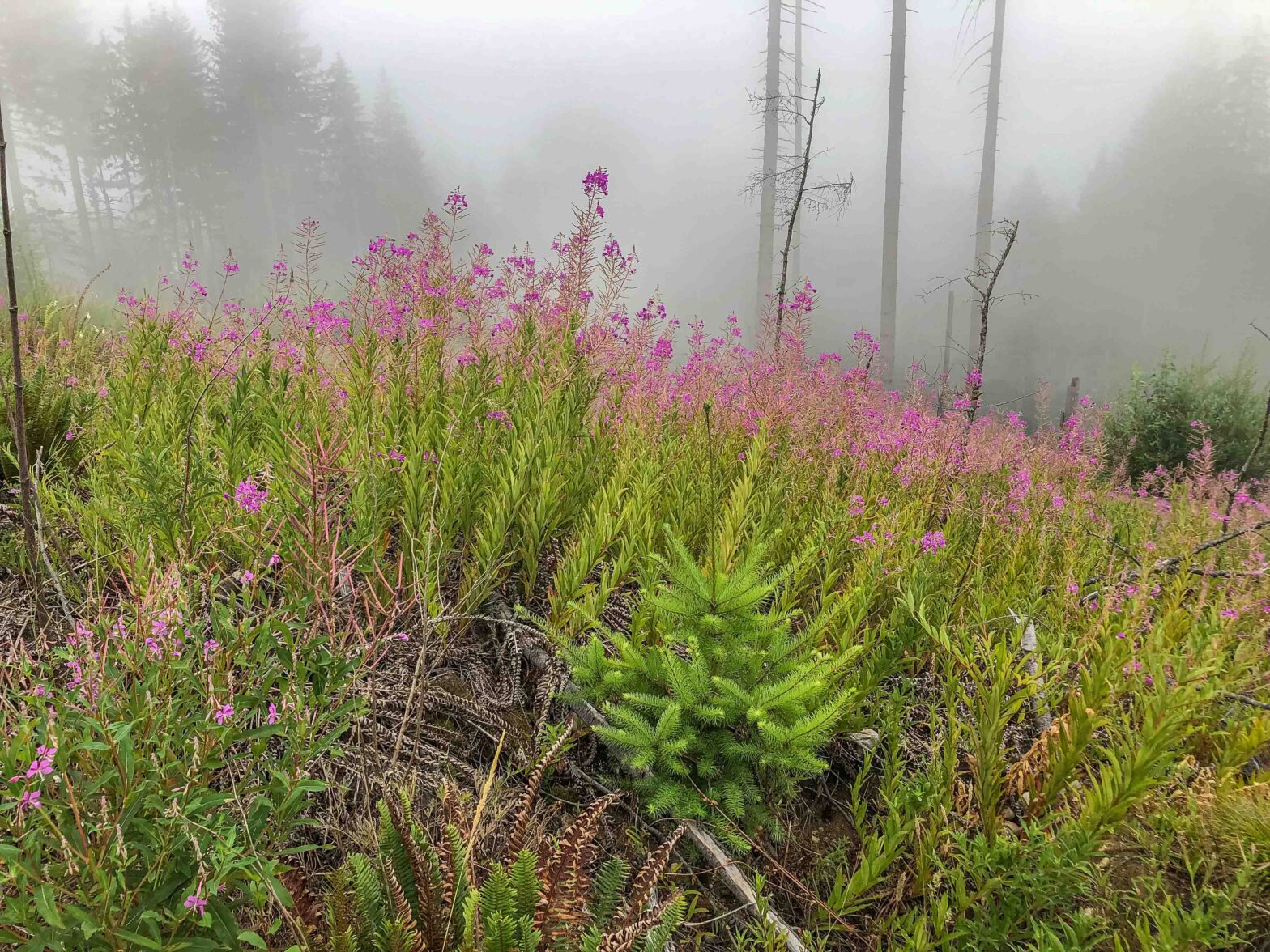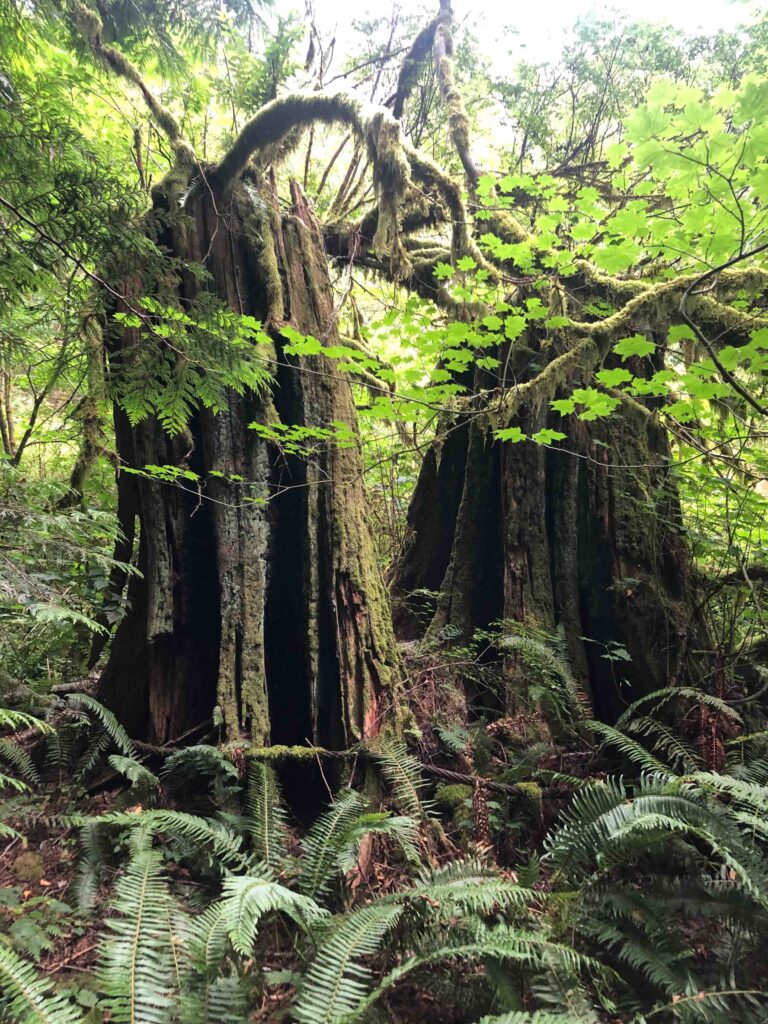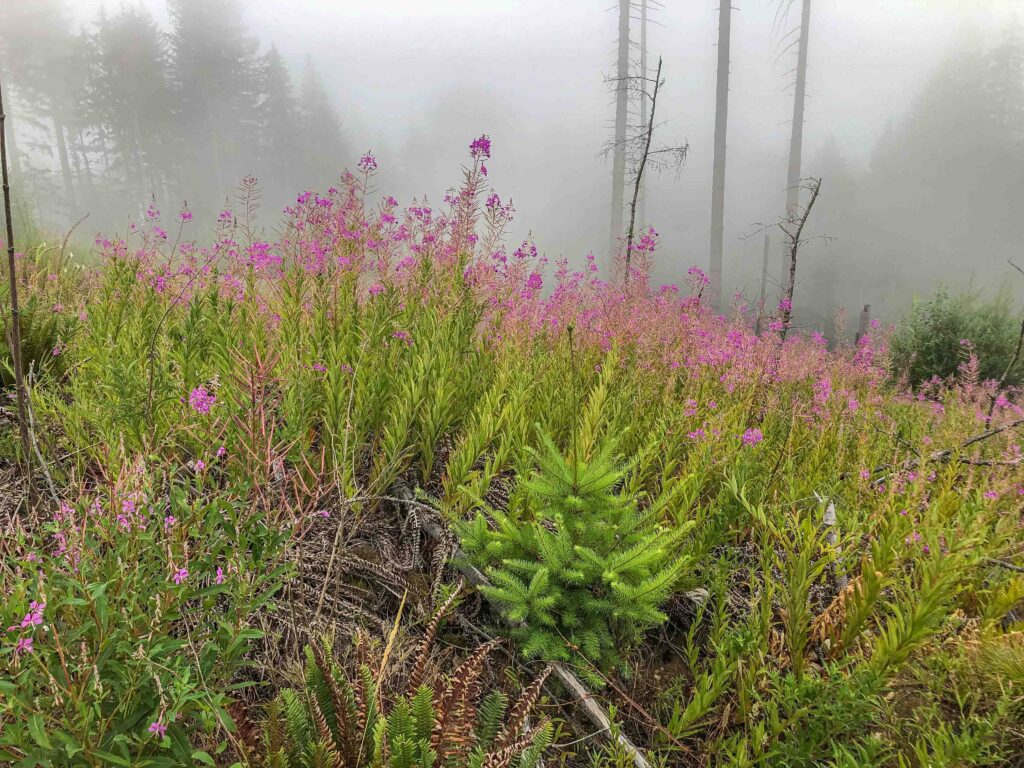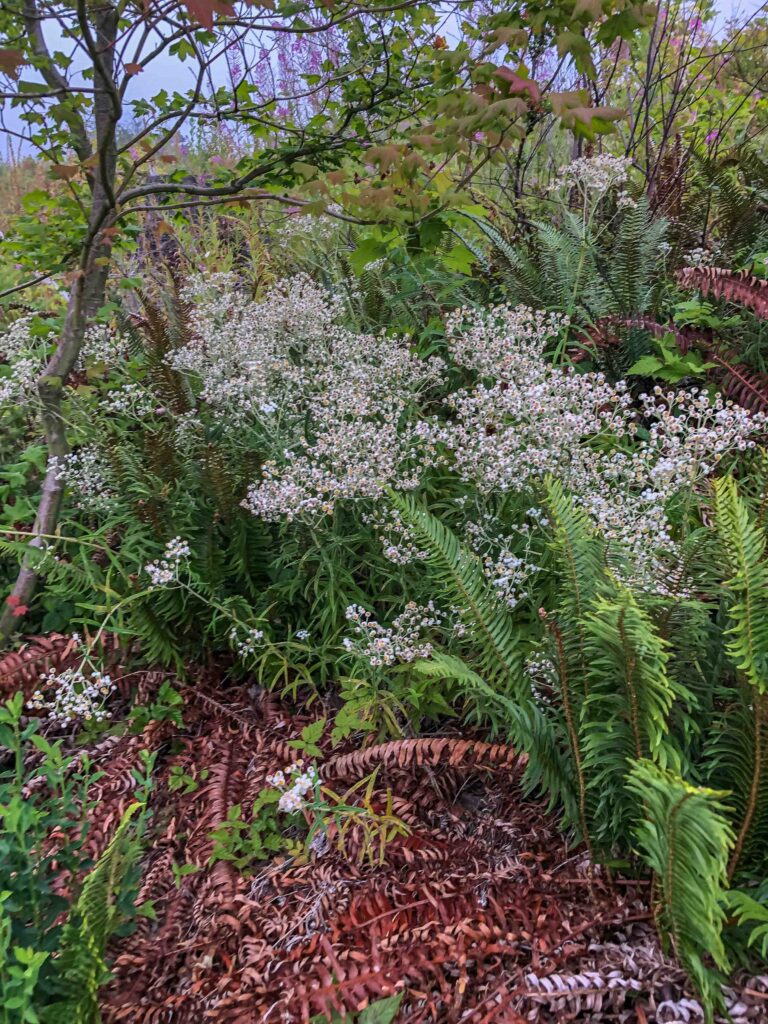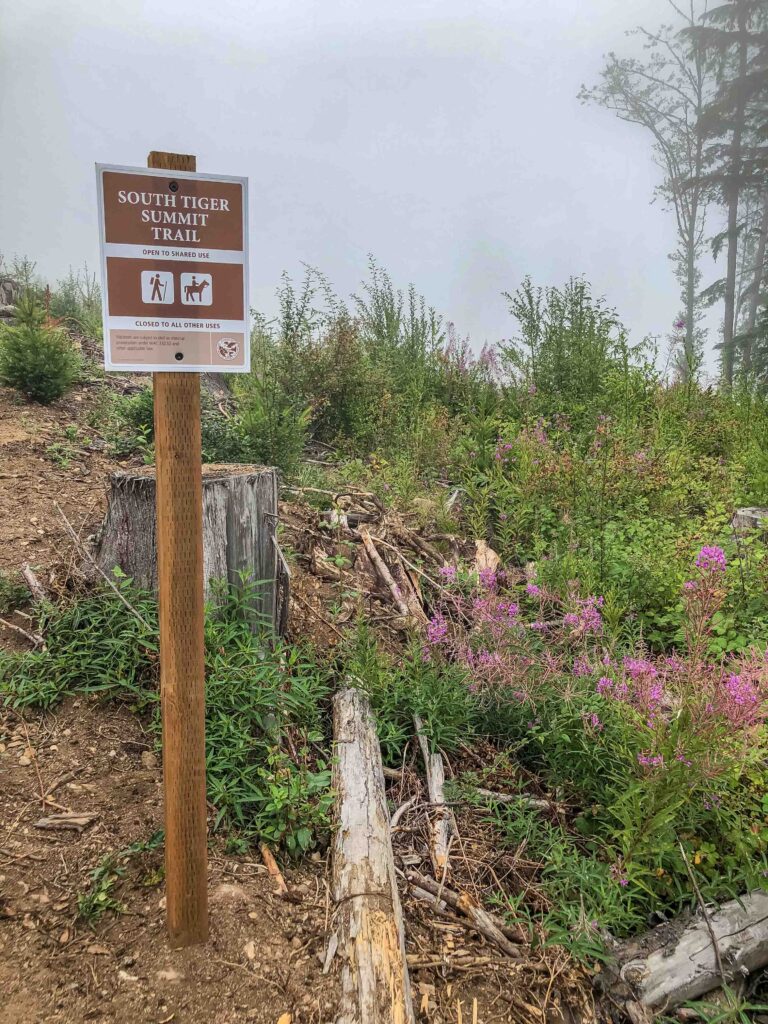It’s been a very emotional week. Instead of delving into change, I’ve intentionally kept this post playful and lighthearted. Last weekend, my parents, husband, daughter, and I all visited the North Carolina Mountain State Fair in Asheville. We wanted to compare it with our annual visit to the Washington State Fair. You may recall a comparable post in January about visits to the Washington and Alaska State Fairs. Which fair will be next?

Animals at the NC Mountain State Fair
North Carolina’s Mountain State Fair is the official “state fair” for the mountainous region of the state. Located in Asheville, it runs for ten days and draws about 180,000 visitors each year. The Alaska State Fair draws close to 100,000, and over a million guests visit the Washington State Fair annually. We enjoyed each of them for different reasons.
While the Washington State Fair has considerably more animals on display, we were impressed with the unusual and unexpected variety at the NC Mountain State Fair. Sea lions swam in two big pools by the south entrance. Ponies provided rides for kids. Metal mechanical bulls were no contest for kid riders. And who can resist newborn calves in the “Mooternity Ward”? They drew as many guests as the Piglet Palace does in Puyallup.


Exotic Draws
Eudora Farms hosted exotic animals ranging from camels to zebu, and kangaroos to ring-tailed lemurs. I especially loved the African watusi, the “guy with the big horns.” The fair also has two mechanical bulls for kids of all ages. I don’t recall seeing one at the Alaska or Washington fairs. Since my volunteering stint at Woodland Park Zoo ended during the COVID era, it was wonderful to see zoo-like animals again.
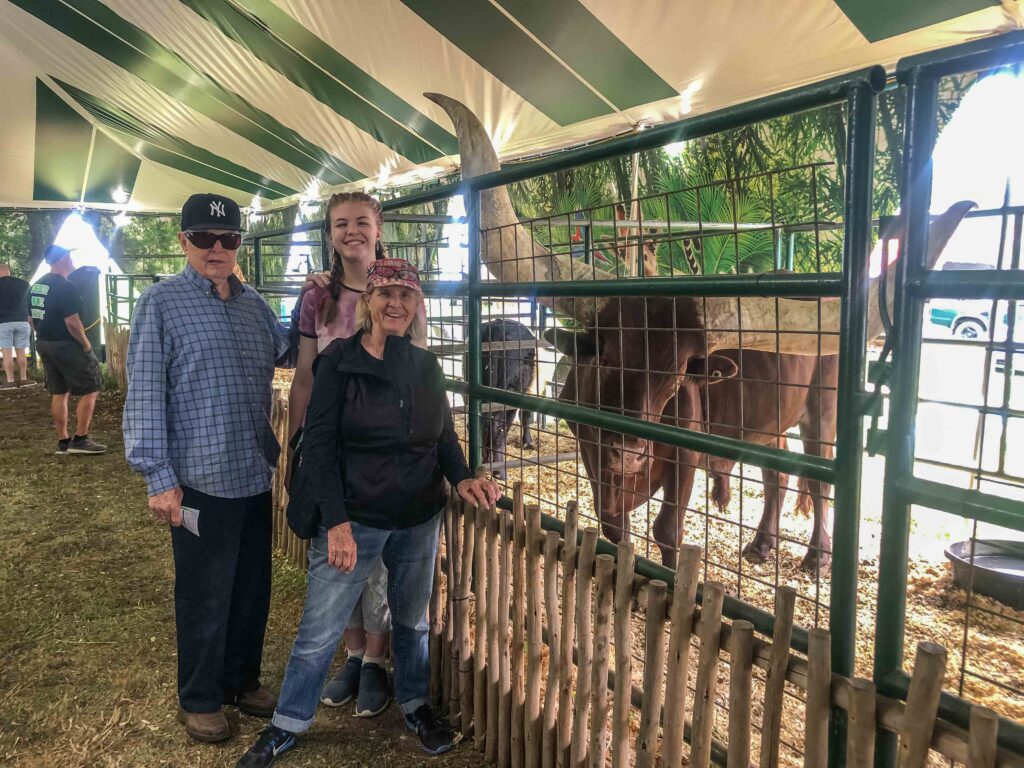
Senior Citizen, Very Special Arts Categories
We found the biggest differences in the hobbies exhibits. In particular:
- NC MSF had a “senior citizens” category separated by age groups, much like Legos for kids at WSF.
- NCMSF also had a “very special arts” category for otherly abled entrants to exhibit their creations. I am unaware of either being available through the Alaska and Washington State Fairs, but that could certainly change.
- Lego submissions can be of any size or even built from kits. The Washington State Fair has very stringent size requirements (10″ by 10″ by 15″ maximum) and designs must be unique creations with Lego brand bricks only, no kits.



Another enjoyable part of the fair was an artisan pavilion where we could watch artists hard at work on their machine knitting, leather crafting, quilling, and even glass blowing. Outside the pavilion, a pair of wood carvers used chain saws on huge wooden blocks, and another put finishing touches of paint on a completed sculpture.
Food at the NC Mountain State Fair
When it comes to food, state fairs have two things in common: large portions and hefty prices. Washington State Fair is famous for its scones. People wait in line sometimes twenty deep to order one.
I was intrigued enough by the idea of a deep-fried Oreo to shoot a picture of the sign, but not enough to try one. And we spotted a “Chicken and Waffles” (i.e. waffle fries) booth at both the Washington and NC Mountain State Fairs.



But the most enticing (and only) food purchase we made at any of the three fairs was a Berry Berry Smoothie that we split three ways. Made from four fruits and almond milk, it was the only item that was remotely “health conscious.” By that, I mean it didn’t make any of us feel horrible afterward. Delicious!
Competitions
This year my husband entered five photographs at the Washington State Fair. My daughter submitted entries to the embroidery, crochet, Lego, and papercraft exhibits. I’m still trying to figure out how to turn my passion for helping people and playing with words into visual art others can enjoy.
I call myself the “cheerleader” with bragging rights on social media. Someday…


Have you visited the Washington State Fair yet? This year it runs through September 24. We tried our hand at archery near the entry gate. We got to view solar flares on the sun through a special telescope. And we watched a magnificent sword juggler on a high unicycle. Whatever you are interested in, you’ll find it at the fair.
I will be back next week with more reflections on another aspect of change once I am not in the midst of so much of it myself.

